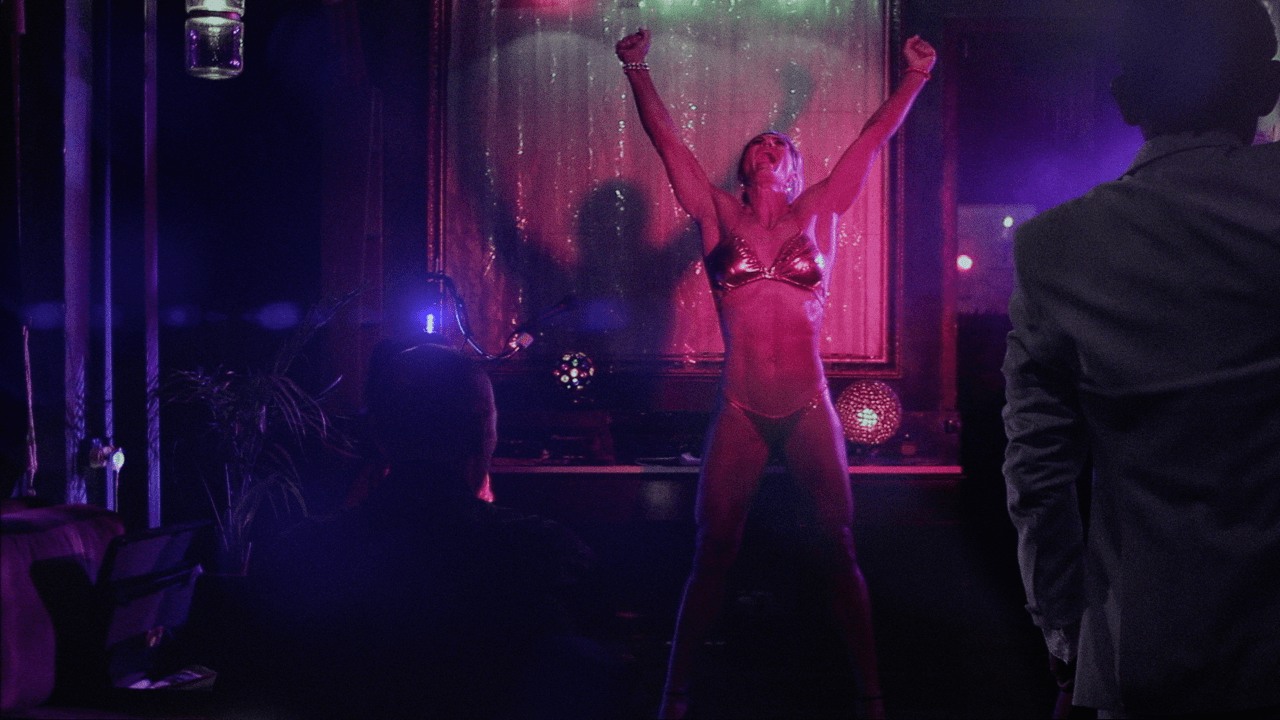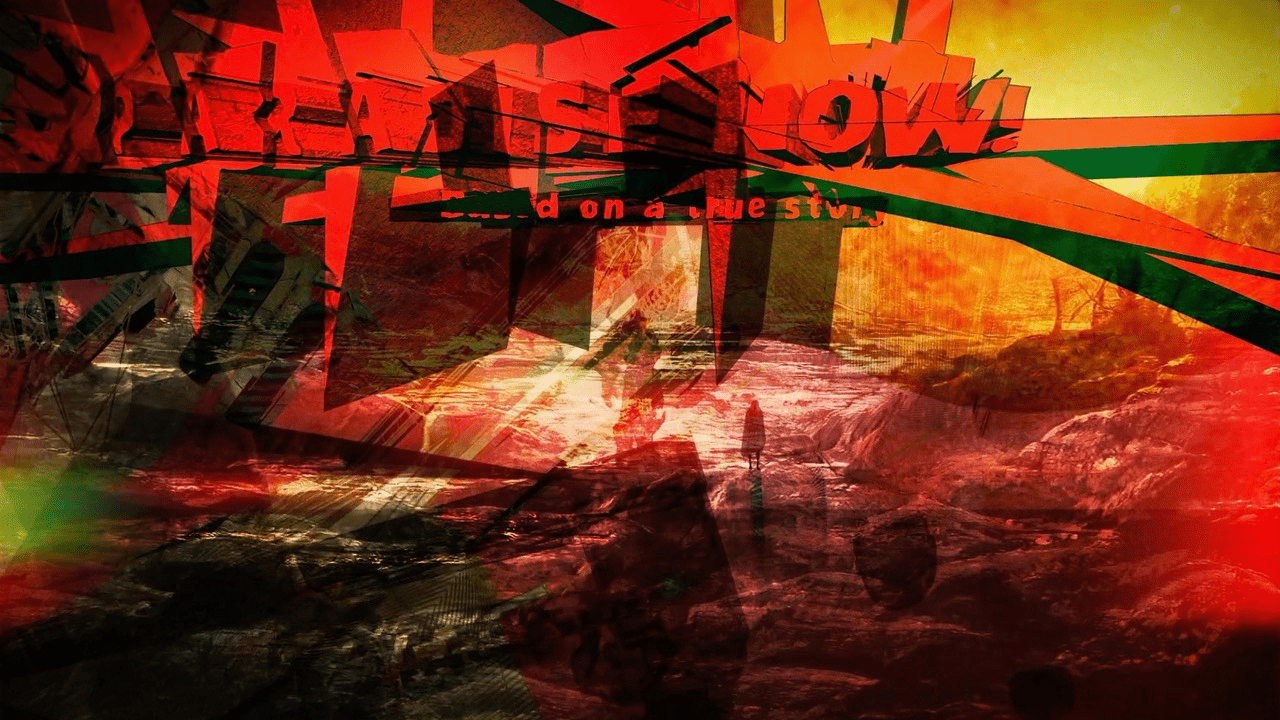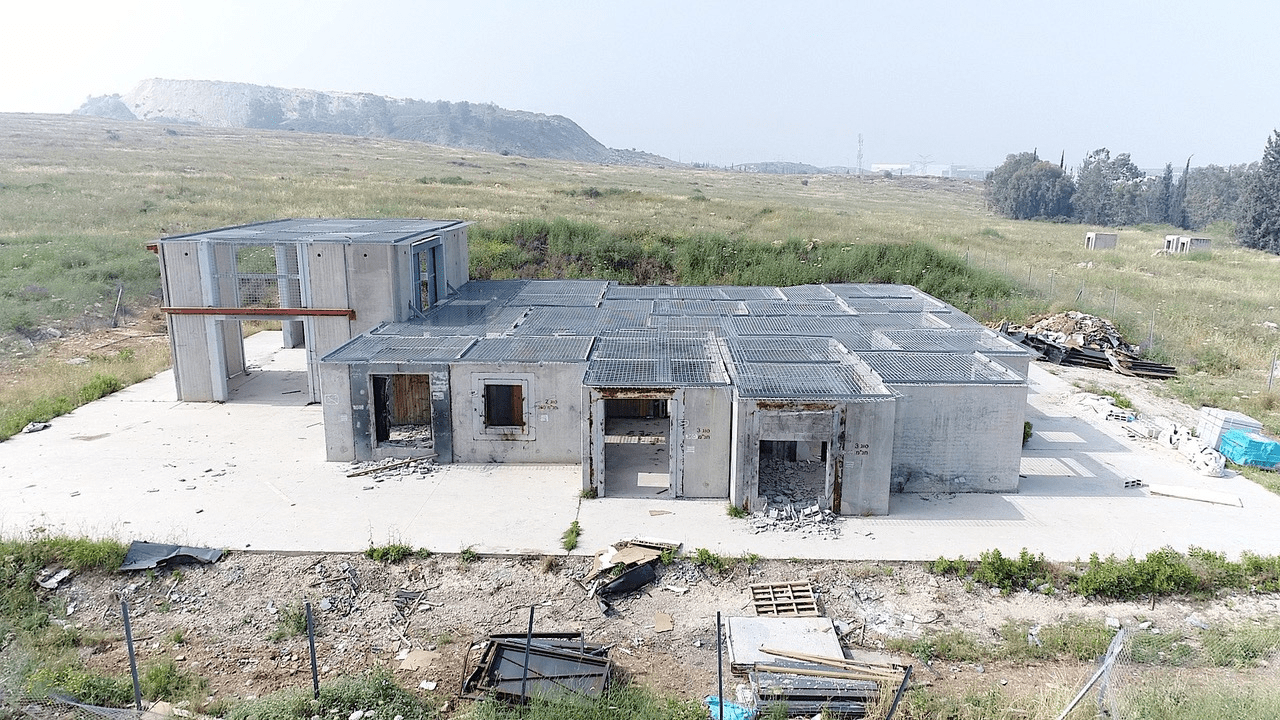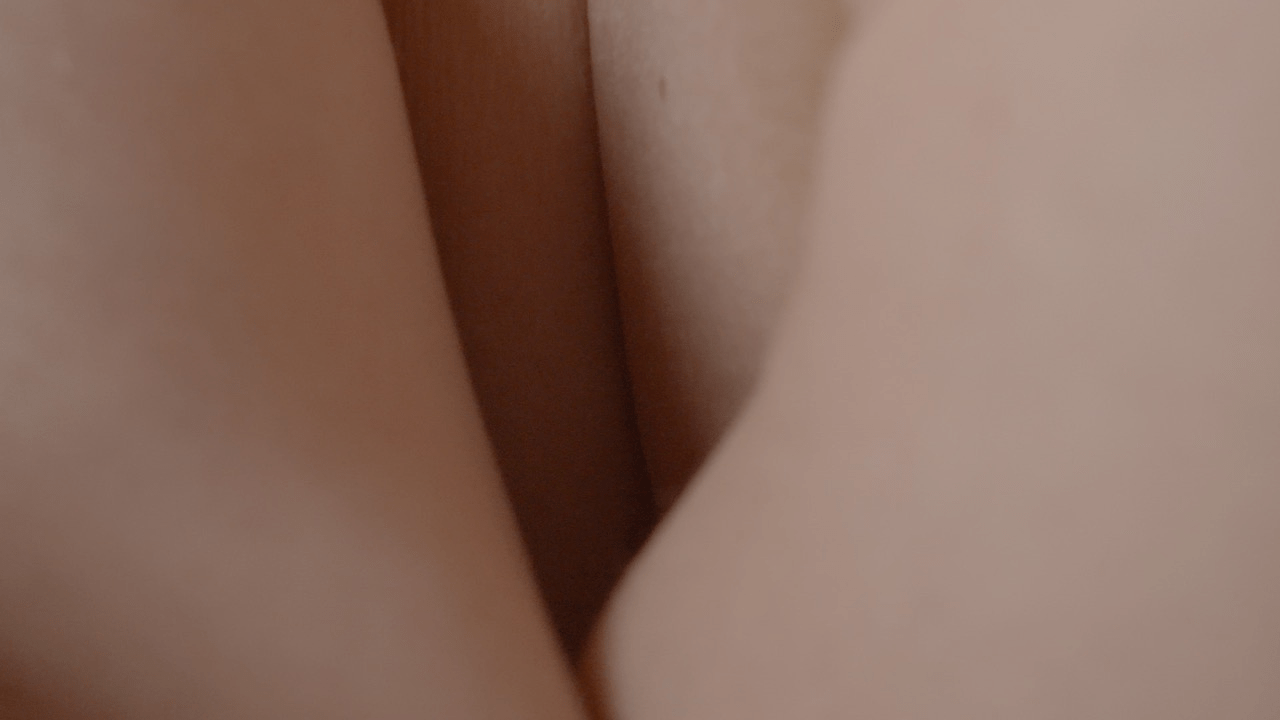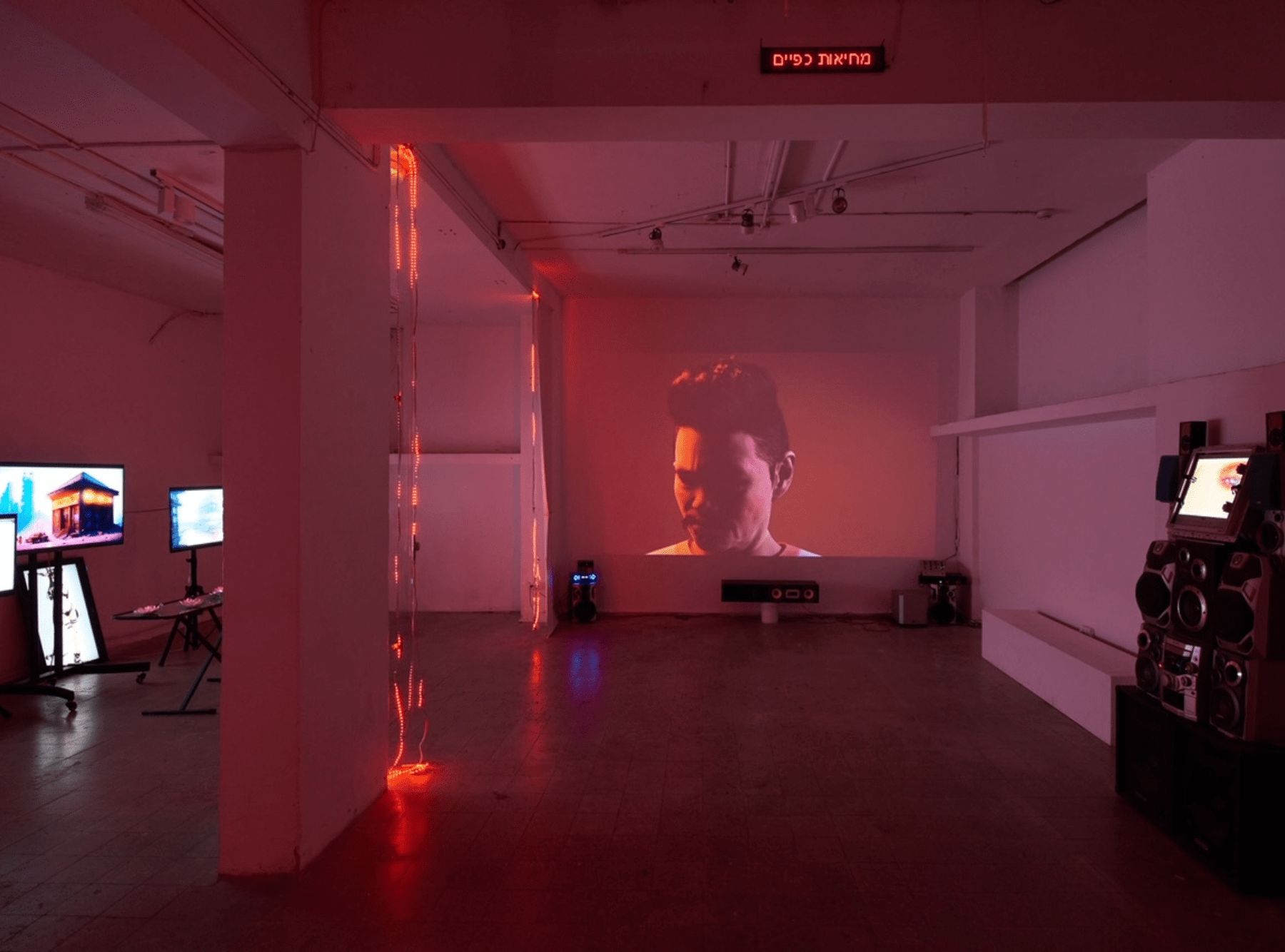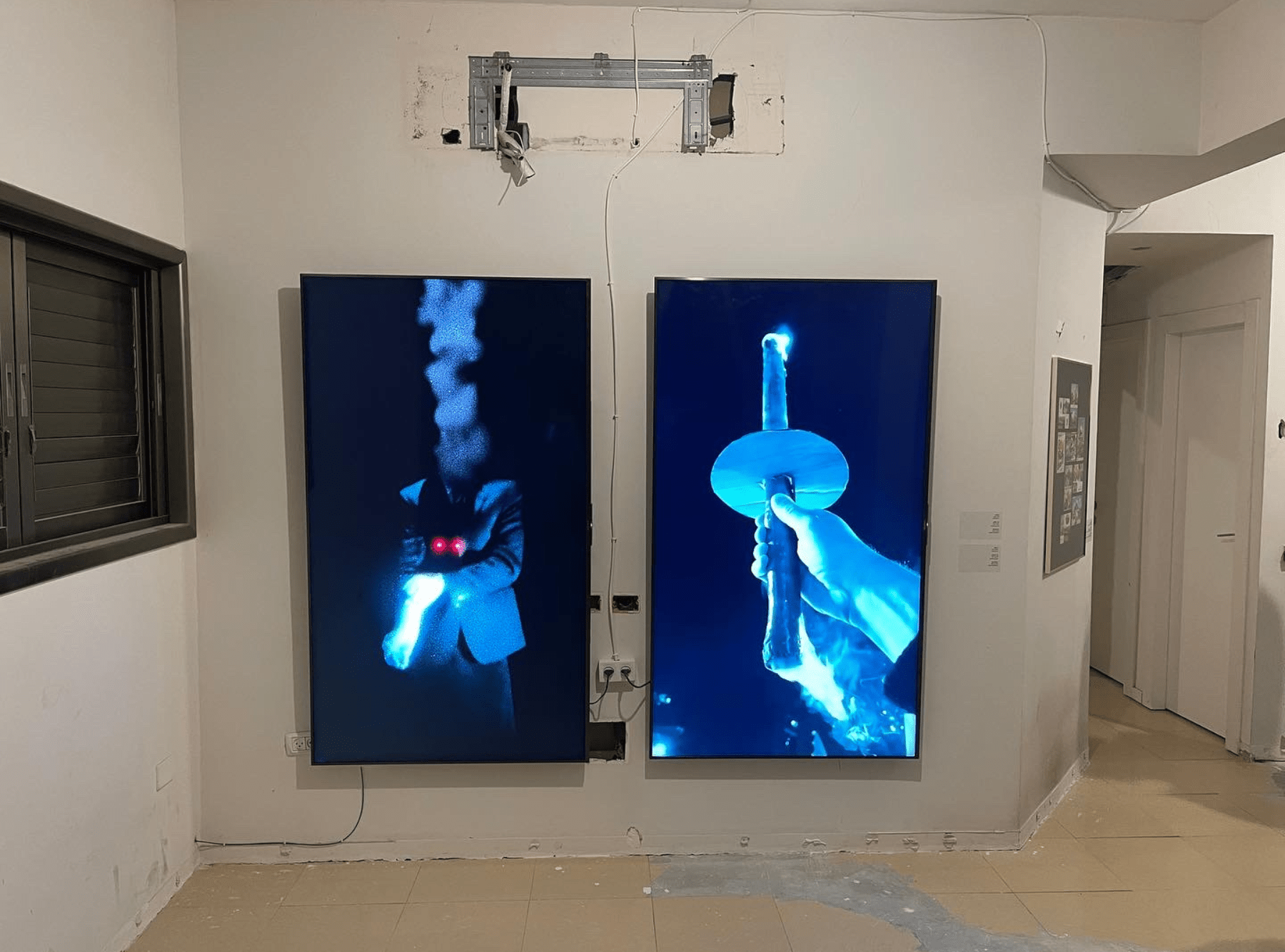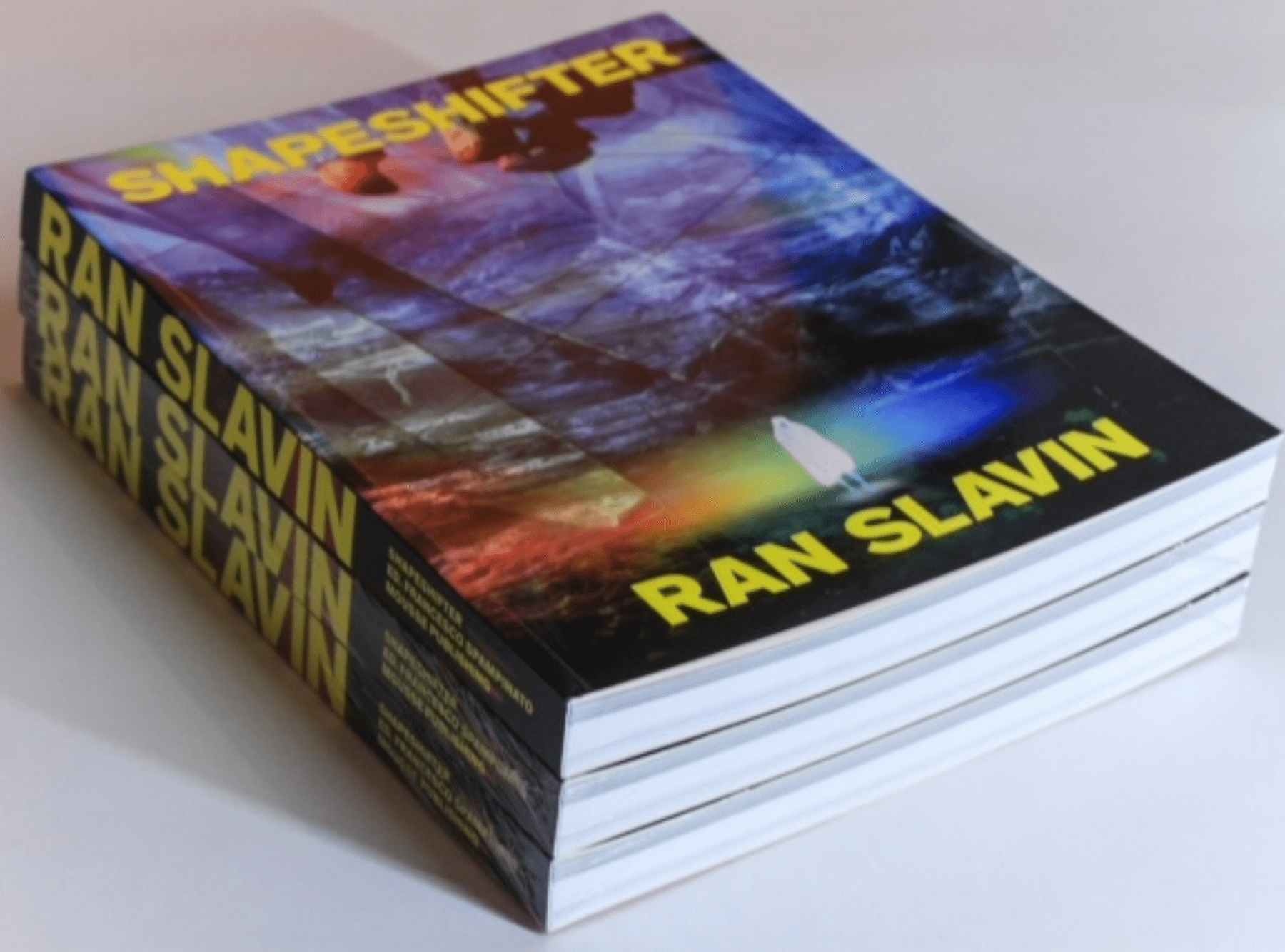
Ran Slavin in conversation with Francesco Spampinato
A series of street protests and strikes began in Israel in early 2023 in response to the ruling government’s push for a wide-ranging judicial reform. The images of protest coming these days from Israel have really impressed me, what is going on? What are they/you protesting for?
We are protesting for our secular freedom and democracy. Since this deformed large right wing party was democratically elected to government offices about 4 months ago, like drunks with sudden power of authority and fully right wing, they ongoingly attempt to distort a sleuth of laws and invent new ones to fit their backward primitive visions, essentially attempting at disarming and weakening our democracy system and independent justice courts, what is left of it anyway, jeopardizing secularism, minorities, LGBT communities, women rights, Palestinians and more. The current government in Israel is a demonic monstrosity promoting and practicing inequality, injustice, racism, corruption. These are the worst type of politicians, messianic, one sided, busy at deepening the divide, the hate, and racial based differences. Since elected, all they have been doing is a maniacal attempt at dictatorship. They will be happy to take Israel back to the dark ages and will probably not stop until they do or fall trying.
They tried to distill laws very quickly in order to avoid resistance and clash, but were caught off guard when millions of Israelis, more than half of Israel practically, is fiercely and actively resisting. For the first time in this country’s history, protests are very massive across all sectors and communities. Last week more than 400 thousand people were protesting in Tel Aviv with hundreds more nationwide, clashing with police and blocking major roads. Every Saturday and every day of the week, it is ongoing, as long as there is still the threat of a real dictatorship. And guess what? The government doesn’t seem to care.
I’d like to ask you why you don’t claim your work as Israeli nor as a Jewish artist, however did you find an interrelation with your work? How does your work relate to Israel and to the current situation if it does relate at all?
The relation to the current situation is very immediate. I found myself enlisted, drafted back to reality as it were. But activism is not my preferred field of interest, to react on a daily basis to events in reality. I’d rather react with delay and often with a degree of distance and reflection.
The complex political reality found its way over time into a few of my video installation works such as Variation Amud Anan and Intifada Offspring to name a few as well as Battlefields now showing at Imago Mundi Foundation.
Whether it’s a video of a hand grasping a fire torch, shot in a demonstration or a menacing ghost figure confronting the viewer with abrupt physical movement and gun laser eyes.
Everyone works in a context even if their work might not aim for it consciously, looking back you might find correlation and threads you never thought about, but in hindsight, are there.
What we see in Paradise Now is a sort of desert landscape, it reminds me of South Israel.
Yes, although Paradise Now is a (CG) computer generated work, it still has correlation and reference to reality, as most grounded Science Fiction has. Paradise Now is a generic title to a series of works that explore an intersection of AI animation, text and Bollywood cinema billboard art. Ignited by random coffee stains I found every morning on a plate under an espresso machine where the coffee drops formed visuals of remote deserts and dramatic eruptions. I started collecting and photographing these and fed the data into AI engines to process, create and refine new visual data from it. I then added a hooded figure to the works, a small holographic fictional nomad (of myself) I call Novery1 – a portmanteau of ‘no-one’ and ‘everyone’; the protagonist, hero, avatar and axis of these subliminal ‘Paradises’.
Consciously and unconsciously I go back to the desert all the time, perhaps in a parallel world. I’m still marching in the exodus from Egypt since bible times, stuck in a loop in the desert towards the promised Land. The desert is an interesting site for exploration, many themes and myths unfold there. You can feel it is an initial space and inceptive, a place of beginnings and a frontier. You can feel the planetary scope there, a gateway to the galactic.
Decaying architectural structures and post romantic heroic lonely figures staring in awe slash meditation out into the horizon, into the unknown, into wonder, into the beyond. These themes haunt my visual and scripted work.
How does a big robot fit in such a landscape?
It’s fascinating to see the relation between earth minerals and new tech. Just to acknowledge that is mind blowing, to me at least. In my work you can see a lot of sci-fi aesthetics and references. I am interested in what I don’t know, in the unknown, in things that are beyond my grasp, knowledge and beliefs, in new technology and its possibilities, in the bending of norms, in innovation. Science Fiction novels and films are great innovation sparks that can tell and envision possible futures and the realms beyond our technological limitations. What may seem at first as fantasy and escapism, it is in fact a roundabout way of engaging with genuine problems of the real and the political.
There is something about your work, a sort of Israeli futurism. You project things in the future in order to make sense of the present. You mentioned this concept of protopia, what did you mean with it?
Protopia is a plausible vision of a desirable future. A realistic future in which you would actually want to live in. Not a fantasy or a concept. A future with problems yes, but a feasible one.
Another project is Call for a Dreams.
Call for Dreams is an auteur, 82-minute feature film that was 5 years in the making and has been circulating the festival and cinematheque circuit for quite some time and now is available to in streaming. It is a surreal thriller sprawled between Tokyo and Tel Aviv and revolves around a young Japanese named Echo, who advertises an ad in a Tokyo newspaper offering strangers her services as a paid dream reenactor. Obviously, it attracts uncanny strangers, males and females alike, and gradually a strewn pattern thread arises from disparate dreams, including one that leads to a police detective in Tel Aviv and a quirky murder investigation.
Made like a puzzle, I wanted to script a feature drama based on the subconscious, from dreams. For this to happen, I advertised a call for dreams on social media and started to piece together a film from what people sent me.
I’d like to ask you about Pillar of Cloud, the permanent climate of fear of an ongoing war that there is in Israel, for this work you collected images of bombing.
Yes, it is the News TV outlets that sparked this one work. Variations (Amud Anan) translated to Pillar of Cloud, is a 3-channel video-sound installation where real and fictional elements freely intertwine reflecting mythology and geo-political tension. Israel’s southern region desert is then reintroduced as a breeding ground of security paranoia, liquid reality, mythological and fictional occurrences. In the biblical-mythical sense a pillar of cloud was one of the manifestations of the presence of God which appears at the beginning of the Old Testament Bible. According to the Book of Exodus, the pillar of cloud guided the Israelites by day during the exodus from Egypt and by its manifestation, showing the direction to the promised land in the harsh desert. Now in 2012 an army defense operation was coined by the same name – Pillar Cloud aka Amud Anan in Hebrew, and was an eight-day military defense operation in the Hamas-governed Gaza Strip. Beginning on 14 November 2012 with the killing of the chief of the Gaza military wing of Hamas and the response of the launch of over 100 rockets at Israel during a 24-hour period. The operation was preceded by a period during which a number of mutual Israeli-Palestinian responsive attacks had taken place. The cloud pillars in the air, which the bombs produced, were looped like cinematic spectacles on TV repeatedly forming an odd dissonance between the mythological iconology, the spectacle, and the destruction consequences.
The installation is made of 3 projections and in the center of the space a projected smoke column joins floor and ceiling in an endless stream of smoke clouds on a transparent material. The smoke cloud is therefore a conductive vapor agent of sky, earth, myth and reality.
Why take such a spiritual reference for it?
That is exactly my point. The odd alchemy of spiritual and military constituted as very dissonant to me and that is the point of this work, dissonance. Spiritual and military, and just how seductive pillar clouds look in gorgeous sunsets although they shroud dread.
It is interesting for the different shapes God took in different narratives. It is a god who’s in the shape of a cloud. I remember when working on the monograph you suggested the title, does shapeshifter relate in any way to you and to your work?
In mythology, folklore and speculative fiction, shape-shifting is the ability to physically transform oneself through an inherently superhuman ability, divine intervention, demonic manipulation, sorcery, spells or having inherited the ability. I can relate to this. It is very interesting to see how concepts of god take many shapes and forms in different cultures. The shape of a cloud is particularly interesting in that it is dispersing non form, or rather a fluid vapor form, which brings back to Buddhist cognition that all is change. Like smoke. Buddhism says: believe in change, as in, don’t grasp onto a perceived reality so much as all is non form. Nothing is constant, everything changes through time, you have a constantly changing stream of consciousness. All are subatomic. Particles held together in energy. All is a dream. What is a dream? Are we dreaming a reality? These questions of reality and the grasp of what reality may seem to be are interesting. For example, in my film Call for Dreams Echo, on her evening break from other people’s dreams, answers a Ramen soup peddler’s question, he asks her “when will you find something real to do”? and she says: “There is no real anymore, you choose to act in a reality of your choice”. Making a film may seem like ‘editing reality’.
Perhaps an octopus is the closest to a shapeshifting invertebrate animal, able to impersonate a wide variety of other marine animals and to shift hues with its chromatophores — tiny, color-changing organs that are dotted throughout its skin. A truly remarkable creature. I refuse to eat octopuses. I have great respect for them. They are perhaps the closest to aliens on earth. They are friends. You don’t eat friends. And on another note, I find the pallet of my work to be somewhat constantly Shapeshifting, between concepts, media, techniques and genres.
Shifting but always doing the same thing. Can you tell us something more about Battlefield? You put together images of military areas in the Israel desert juxtaposed them with the body of a woman. The drones are not only filming but you filmed them too, was it a specific choice?
A woman’s body may also seem like a landscape, depending on which angle you are observing from. Human bodies may also seem like battlefields, depending on how close to details you are. The skin bears the scorchers of time and a landscape may also seem erotic. There are the barren curves, the mystery, twists and dents and hidden passages and the desert’s colors are skin tone.
But in Battlefields I’m interested in the contrast between the private body and the political body and the intersection that arises. The nude as an enduring tradition in Western art placed in a volatile middle eastern military context. The intersection of the intimate and public. The fragile and the violent. War scars on earth, the aftermath of the human war machine and time scars on the body.
In this work, a 3-channel video-sound installation, I’m filming a drone that is filming five army combat training locations in Israel, in parallel to a nude body of a woman. I’m doing so with a ‘cold’ detached gaze, that of a drone, a non-human, a machine, an artificial eye. This forensic position puts me outside of the situation in an exterritoriality, a fly on the wall, or rather: a drone in the air.
You in general don’t speak overtly about war, why is it that?
Of course, war is a very stupid thing. Whoever initiates wars is a fool but it is not in my interest to run after the turns or reality all the time and to comment and react to whatever happens the next day. That is a job for newspapers and social media and that’s fine.
It would not make a real world difference if I protest forever in exhibitions or in films. I will be ‘preaching to the choir’. But it is interesting to see the mechanisms of protest and political offsets in real time. Only when images of fire, riots and real-world danger appear in the media, only then do we see institutional mechanisms acknowledging a little concern.
These cause and effect events are the basics in a primitive game.
This interview was conducted in March 2023.

























